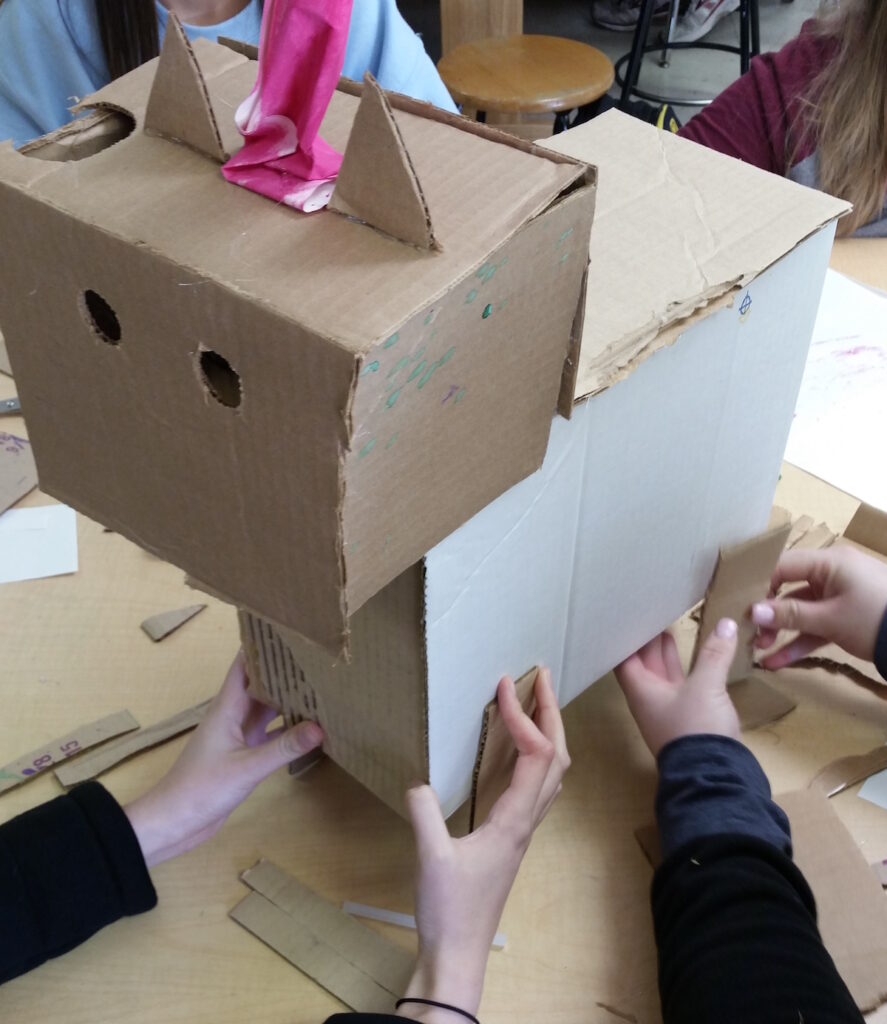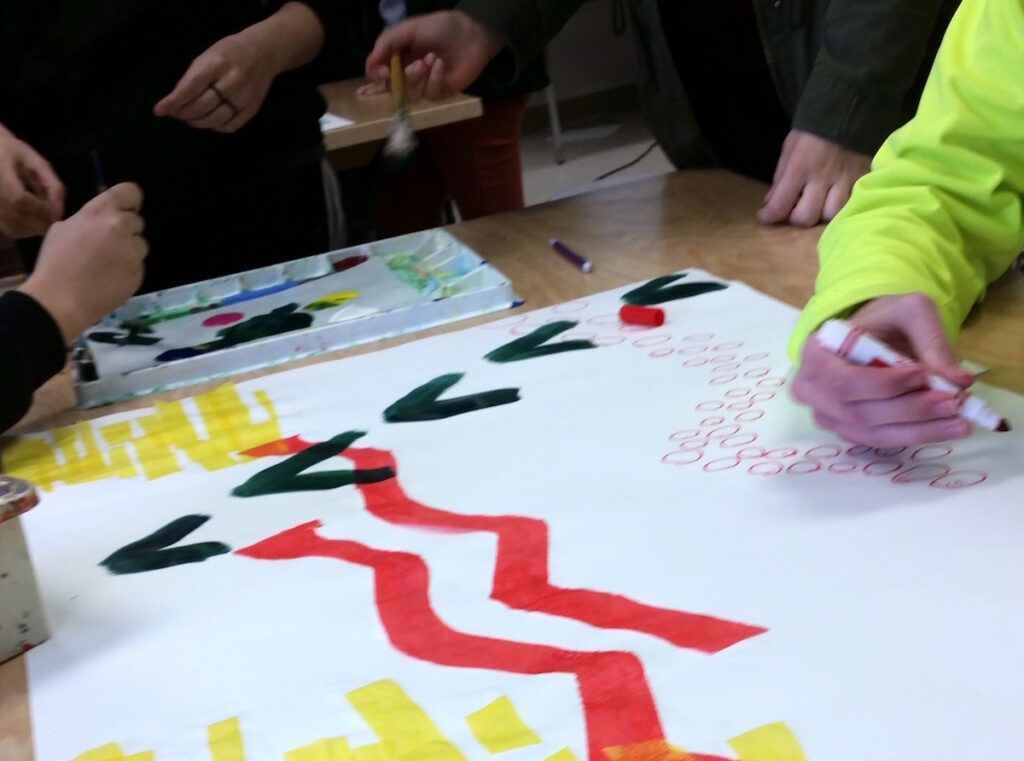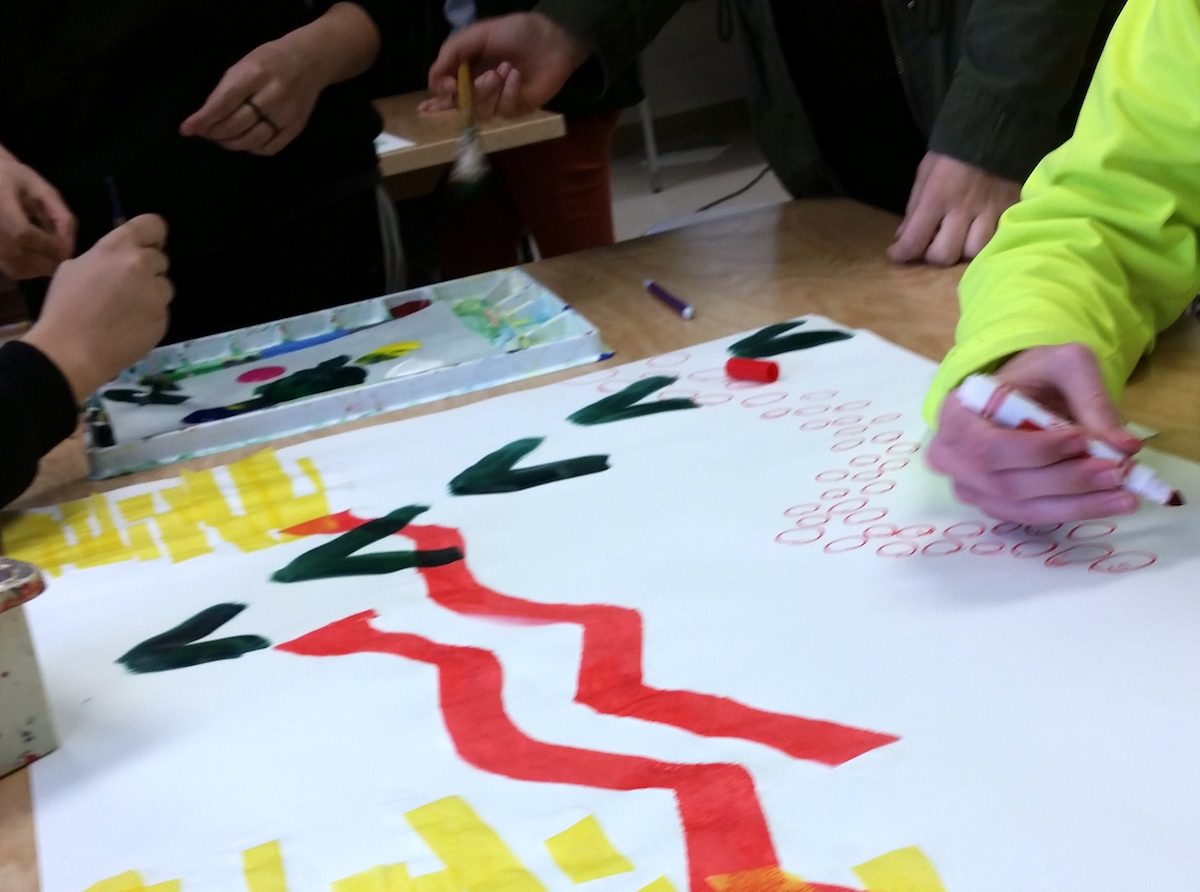The first day of school is traditionally spent going over rules and procedures. In high school and middle school, many of us spend the entire day reviewing syllabi and course expectations. As we do this, we watch students’ eyes glaze over in unmitigated boredom. It’s accepted practice to start the school year on a serious note, but it’s also pretty boring for everyone.
What if, instead, you started the school year with games?
When you think about it, games are perfect for the first day of school for quite a few reasons. First of all, they set a tone of teamwork and inquiry. Gaming is also a perfect way to break the ice and introduce students to how your classroom is set up. The best sort of learning is disguised as fun.
Teaching expectations as part of a game will have kids listening, processing, and remembering instead of merely pretending to be awake.
Here’s a game to try no matter what age level you teach.

Name of the Game: What’s in the Bag?
This game challenges students to be creative using predetermined materials and an engaging prompt. It is best played in groups of three to six students. Use the stages of the game to talk about your expectations for classroom atmosphere, material use, cleanup, and listening. Before play, share some brief expectations for work and rules. These will depend on the age of your kids and your personal classroom management style. Below is what I use with my high school classes, but it could easily be adapted for any grade level.
Game Guidelines
- Treat others with respect.
- Work must follow the rules of the game or it will be disqualified.
- A high-quality and visually appealing product must be produced.
- Each group will present their work to the class at the end of the game.
Rules
- Work must be completed in the allotted time.
- Each team member must participate.
- You must use everything from the bag.
- Work must be able to be picked up and moved at the end of class.
Game Prep
Start with one paper bag per group and fill each with a selection of random materials like paper, found objects, cardboard, and recyclables. Don’t worry too much about what’s inside, just use extras you have on hand. Also, create a list of tasks on paper strips.
Example tasks could include…
- Make a monster that can move.
- Create hats for each group member.
- Make a game that everyone can play.
- Become a rock band.
- Make your own version of the Mona Lisa
Have these prompts ready in a bowl for groups to select. Next, set out adhesives, scissors, and any additional materials you want to provide where groups can access them.

Introducing the Game
Start by telling students the process of the game. Show them where they can access additional materials and describe the process you’d like them to use. Next, review the expectations and the rules of the game. Now, have groups select their tasks by drawing from the bowl. Give the go-ahead to open the bags and start the game!
During Play
Make sure to circulate throughout the room as kids play to help solve any issues that arise. Giving frequent reminders about the amount of time left is important to help groups focus. When time is called, you have the perfect opportunity to share your cleanup expectations. After the room is picked up, have groups share their creations and give feedback.
Benjamin Franklin said, “Tell me and I forget. Teach me and I remember. Involve me and I learn.” Games are a great first-day-of-school learning opportunity because they involve students in learning classroom expectations. They also start the school year off with a strong message: that your classroom is a place where they will be asked to think creatively, collaborate with others, and share their ideas.
Have you tried games in your classroom? What are your favorites?
How else do you make learning rules and expectations engaging?
Magazine articles and podcasts are opinions of professional education contributors and do not necessarily represent the position of the Art of Education University (AOEU) or its academic offerings. Contributors use terms in the way they are most often talked about in the scope of their educational experiences.





